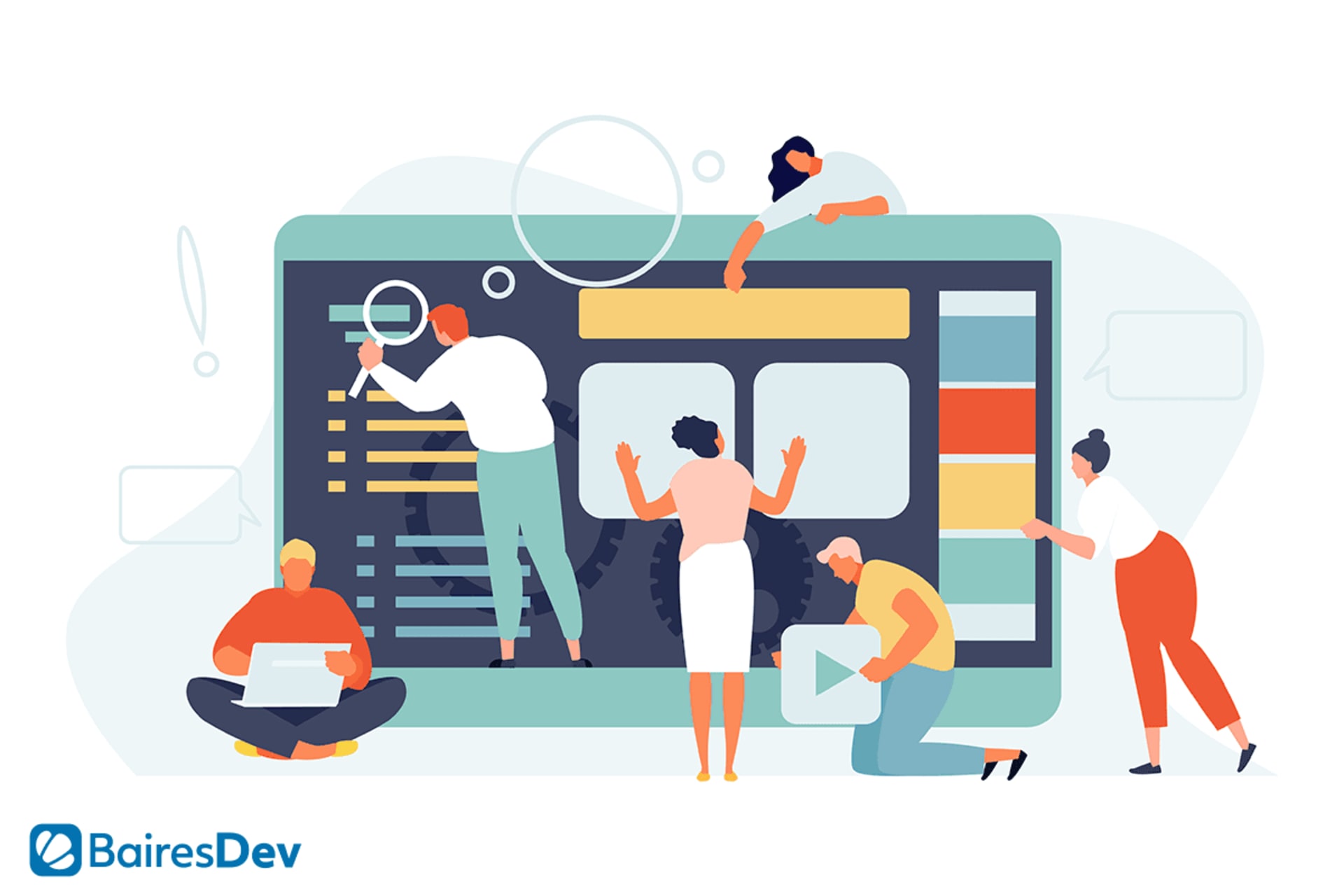No one can deny that 2020 was not the best year. But, as they say, every cloud has its silver lining which, in this case, comes in the form of 5G. Last year, the long-awaited fifth-generation technology standard for broadband cellular networks finally started being deployed around the world.
5G is bringing countless benefits that far exceed mobile services. In fact, smartphones and tablets will only be a marginal portion of the total number of devices that will leverage 5G. The vast majority will be sensors, cameras, robots, drones, and all sorts of smart devices that will forever change how we live.
5G’s combination of high speed and performance with low latency will expand our current interconnectivity, allowing us to develop new exciting applications and capabilities. That’s especially true for business, for which 5G will usher in a true revolution. From empowering distributed teams in an unseen way to provide richer multimedia experiences that will redefine how we work, and it promises to be one of the best things for businesses of all sizes in 2021. Let’s see why.
Lightning Fast Speeds for High-Volume Areas
One of the most notable benefits of 5G is the incredible speeds it can offer to a wide coverage area while meeting huge user volumes. In other words, 5G can serve thousands of users in the same area without suffering hiccups in its performance. To do so, it needs a higher density of cell sites – basically, it needs more devices that amplify the signal within a specific area.
While that might mean a greater initial investment to ensure proper service in any certain location, the final benefits really surpass that cost. How come? Because 5G’s frequencies allow carriers to offer enhanced mobile broadband (eMBB), which can flawlessly serve multiple concurrent users packed in the same venue.
This is key for sports venues, large shopping areas, and big enterprises with a considerable in-house workforce. With eMBB, all of those can offer a vastly superior service (when compared with 4G) and even enjoy a better alternative to current enterprise broadband connections. This means faster connections not just for browsing the internet but also a superior performance for more sophisticated activities, like streaming video or serving virtual and augmented reality experiences.
Practical uses for eMBB could include high-definition real-time video communications, instant access to cloud-based solutions, and enhanced shopping experiences through VR and AR, among many others.
The 5G-Powered Manufacturing Industry
Another huge beneficiary of 5G’s rollout is the manufacturing industry which, in fact, is already seeing some of the effects of this new technology, kickstarting the so-called Industry 4.0. In it, 5G serves as the support to power another newly emerged trend: the Internet of Things (IoT). The combination of IoT devices installed around the facilities of a 5G-powered factory uses 5G to enhance a variety of processes.
For instance, the combo of 5G and IoT allows manufacturers to monitor the entire manufacturing chain, ensuring that raw materials are accounted for, that the manufacturing processes and their machines work as intended, that stock is closely controlled, and that maintenance works seamlessly.
That’s not all. 5G and IoT can also mean the automation of numerous processes within the factory, especially through industrial robots that can tackle some of the tasks now carried out by operators. The automotive industry isn’t a stranger to these kinds of things but automation like this goes well beyond the assembly line and into cobots – robots that feel more like human workers (and can tackle more complex tasks) and that collaborate with the human workforce.
There are other potential uses of 5G and IoT, especially related to location security and logistics. On one hand, these technologies can serve as automated surveillance to monitor the perimeter of the factories. On the other hand, automatic vehicles interconnected with other factory systems can move materials and products around whenever needed and without human interaction. What’s more – that sort of automation can also go beyond the facilities and into the streets, ensuring an automated delivery of assets (such as the one we are already seeing with delivery drones).
The Democratization of Internet Access
Finally, it’s worth mentioning an often overlooked benefit of 5G. While this technology is obviously related to mobile devices, its speed and performance pose it as a serious contender to wired broadband connections. In other words, businesses could use 5G as their main internet connection, ensuring superior connectivity, especially in those areas where high-speed broadband service is poor or unavailable.
This could serve two purposes. On one hand, small businesses located in rural communities or neighborhoods with poor infrastructure could have the same kind of internet service as companies located in the middle of the busiest cities on Earth. On the other hand, remote events could enjoy fast internet speeds without having to pay for costly infrastructure to ensure it.
While those things might feel like minor details compared to the other uses discussed above, the reality is that they represent true democratization of internet access that levels the playing field for companies residing in more areas. That, in turn, can translate into the development of tech hubs in different parts of the world, as companies won’t have to depend on being located close to a city to have access to one of today’s most crucial assets.
2021 is the First Step of the Journey
2020 laid down the 5G foundations for full deployment throughout the world during 2021. This means that we can expect this technology to become ubiquitous by this year’s end. In the meantime, we’ll surely start seeing more and more 5G-based uses across different industries, some of which we can’t even imagine right now.
But that’s the thing. The business landscape is about to change dramatically, mainly because of 5G and the opportunities it will unlock. However, all of them are just the beginning, the first step in a bigger journey that will surely lead us towards a more interconnected world, where businesses, homes, and people are all connected with one another in a highly-digitized way of life we can only imagine today.







